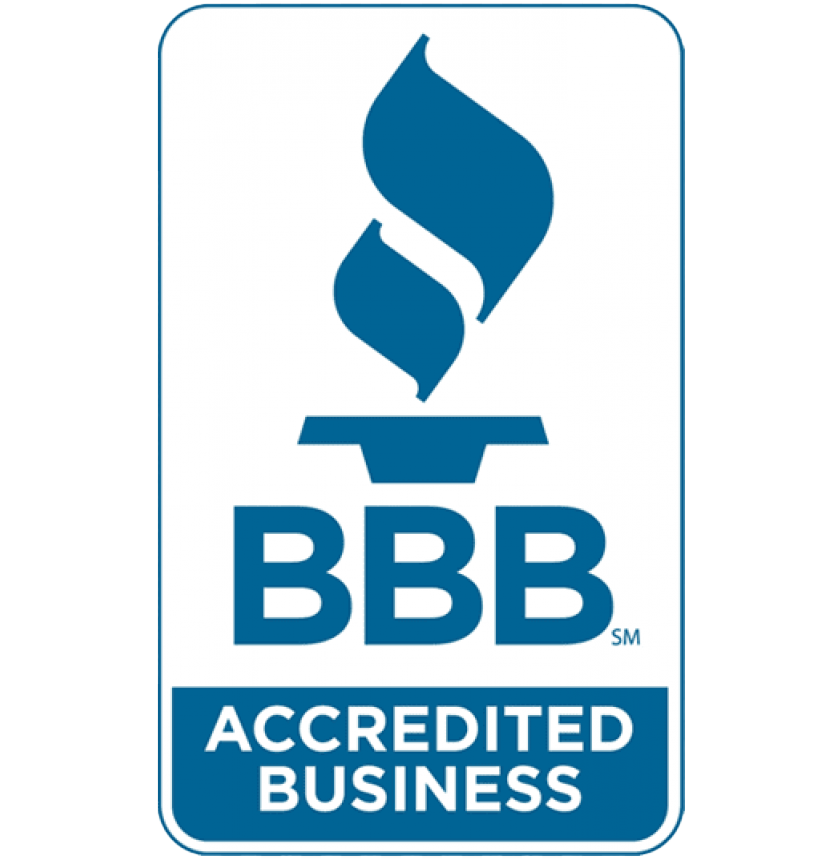Never have integrations been more available to businesses that leverage technology to operate. There are free options available, as well as options that are paid. There are off-the-shelf integrations, as well as ones that need to be customized. But most importantly, the level of access that companies now have to such integrations is unprecedented.
Whereas in the past, to create simple integrations between system A and system B you may need to hire a vendor to implement a complex Enterprise Service Bus, now you can simply sign up for a SaaS integration service at a click of only a few buttons.
The following are 10 resources that can help you get started with your integration workflow. Whether it is for your company, or for you personally, these applications are extremely useful if you take the time to learn how they fundamentally work and try a few out yourself.
-
Zapier
Zapier is our favorite integration option. There are thousands of different “Zaps” you can create between many different applications. Their intuitive process for creating these “Zaps” takes very little time to learn and there are abundant links online to help you along the way. The amount of applications you can choose from is staggering. We have a couple of Zaps created to automate our workflow between applications such as JotForm, Trello, ZenDesk, JIRA, and Slack. The free tier of Zapier gives you the ability to create only two-step Zaps and limits you to using only “non-premium” applications to create Zaps. However, even with those slightly limited capabilities you can create a lot of useful integrations.

How you edit a “Zap”. 
How you can pick the applications for which you want to create a “Zap”. -
Zapier + JIRA
One of the most useful applications of Zapier is to pair it with your project management system. Atlassian’s JIRA is one of the most heavily used project management applications on the market and Zapier has a multitude of useful integrations for you to make use of with that specific project management application. One of these is getting Slack notifications for new JIRA issues.
-
IFTTT
If This Then That, IFTTT, is the second market leader in the online integration space. It’s generally better geared towards personal use but there are still some nifty integrations that you can use that’ll save you and perhaps your team some time. One of our favorite IFTTT “Recipes”, is getting email notifications for when there are new posts for specific Craigslist queries.

Get a notification whenever a new Craigslist post matches your search -
IFTTT + Salesforce
Salesforce is the most used Client Relationship Management (CRM) software in the world and IFTTT has a lot of useful integrations that can help your sales team’s workflow.
-
Tray
Tray is focused on creating automations and integrations primarily for Sales and Support teams, it is one of the primary competitors to Zapier and aims to help enterprise clients. It’s white-paper on “The Beginner’s Guide to General Automation Platforms” is a good read for anyone who’s looking to start working on integrations and is interested in using Tray. Similar to both IFTTT and Zapier, Tray has a wide range of connectors to choose from.
-
Microsoft Flow
If you are a heavy Microsoft user, then Microsoft’s integration platform, Microsoft Flow, may be your best bet. Utilizing platform components of a service that you are already using can yield both monetary savings as well as savings in adoption since your team will already be familiar with the Microsoft platform. There are a variety of connectors to choose from here as well. One of our gripes with this product is that the UI is not as user-friendly.
-
oplim
Oplim is focused on creating automations specific to your users’ interactions with your website. It connects various website specific applications such as Intercom and Google Analytics, amongst others, and triggers actions based off of your users’ behavior. There are only about 15 services that are already set up with oplim as of right now but the amount of “Oplimations” (if you can’t tell yet, each of these services has a funky name for their integrations) is significant.
-
Parabola
Parabola has integrations and automations that are somewhat more nimble and focused on executing specific processes within one application as opposed to in between two different applications. A good example of one of these is their Use Google Geolocation to complete addresses and find zip codes automation.
-
Optic
Optic is an integration and automation application that’s focused on helping developers. Its aim is to use Artificial Intelligence (AI) to help developers with ordinary programming tasks. It’s bleeding edge technology that supports four IDEs and works only on Mac currently.
-
Trello
You may use Trello, and ask “Why, or how, does this fall into the category of an integration and automation platform?”. Well truth be told, it does not entirely do something directly related to integrations, but we suggest you use it as a central repository of potential integrations for your company. At Anant, we have a “Process Optimization” board that we use to keep track of the different integrations we are planning on, and currently implementing, at our company.
Have any questions or feel like we missed something? Please don’t hesitate to let us know. We always appreciate the feedback!
Photo by Kevin Jarrett on Unsplash









